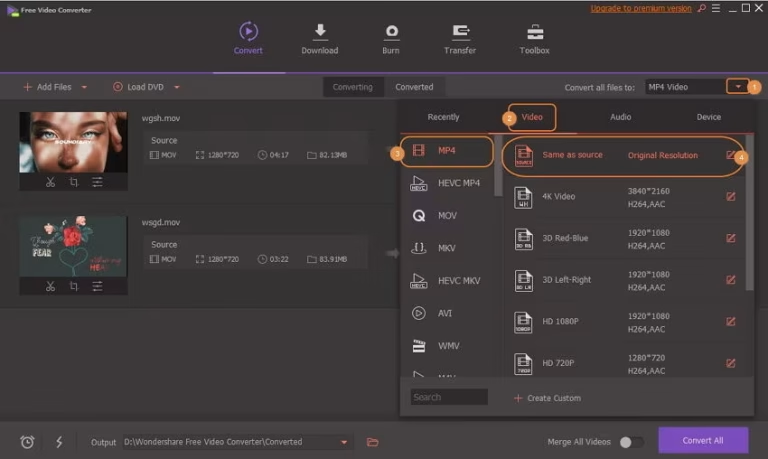What is social media analytics?
Social media analytics is the process of gathering and analyzing data from social media channels to estimate a brand’s performance. This includes covering a range of criteria similar to engagement, reach, impressions, clicks, follower growth, and more.
Whether you are a full-time social media critic or the unofficial data operative on your marketing platoon, social media analytics generally involves:
- Mining relevant data from social platforms and tools
- Deriving insights to understand what works and what doesn’t
- Optimizing strategies to improve overall social media performance
- Benchmarking against competitors and incorporating social listening
By using data, brands can make smarter, substantiation-grounded opinions and knitter their content to match followership preferences and gesture patterns.
Why do you need social media analytics?
Social media analytics is the foundation of data-driven marketing. Without it, you’re basically flying eyeless.
Here’s why it’s indispensable:
- Improves content strategy: Knowing what resonates with your followership helps in creating content that gets further engagement.
- Identifies the best times to post: For illustration, analysis might reveal that your Instagram posts perform stylish between 5 – 6 AM, especially if most of your posts go up at 11 AM.
- Supports campaign planning: Data-backed perceptivity enables you to read performance and measure ROI.
- Enables competitor benchmarking: You can see where you stand in your industry and spot openings for growth.
- Enhances audience targeting: Understand demographics, interests, and behaviors to create more personalized campaigns.
In short, social media analytics turns random posting into strategic communication.
Types of social media analytics reports
Social media platforms and third-party tools offer colorful reports that break down data into a practical perception. Let’s take a look at some common types:
1. Audience analytics report
Tracks follower count changes across platforms over time, helping hand brand mindfulness and followership growth.
2. Published the posts analytics report
Shows the volume of posts published on each social platform within a specific time frame.
3. Interaction analytics report
Measures engagement through likes, comments, and responses to assess content effectiveness.
4. Clicks analytics report
Tracks how many times druggies clicked on your posts — essential for assessing call-to-action performance.
5. Shares the analytics report
Displays how frequently content is participated in, reflecting its virality and reach beyond direct followers.
6. Impressions analytics report
Measures how frequently posts were viewed across platforms like LinkedIn, Facebook, and Instagram.
7. Session analytics report
Shows how many website visits were driven by social media efforts.
8. New contacts analytics report
Tracks how many new leads or contacts were generated via social media referrals.
In addition to these, many sentiment analysis tools now include features that assess the emotional tone behind user interactions. These tools help identify whether your brand perception is positive, neutral, or negative, offering valuable context beyond numeric engagement.
How to conduct a social media analysis
Now that you understand what social media analytics is and why it’s crucial, here’s a step-by-step guide on conducting a meaningful analysis:
- Define your metrics
Start by identifying your goals and KPIs. What are you trying to achieve with your social presence?
Typical social media metrics include:
- Follower count
- Engagement rate (likes, comments, shares)
- Reach and impressions
- Click-through rate (CTR)
- Mention volume
- Direct messages
- Story link clicks or swipe-ups
- Website visits from social media
Your KPIs should align with broader marketing objectives—brand awareness, lead generation, customer engagement, or conversions.
- Identify the tools you need
You can pull basic data from native analytics platforms such as:
- Facebook Insights
- Instagram Insights
- Twitter Analytics
- LinkedIn Analytics
- YouTube Studio
Choosing the right enterprise feedback management solution can significantly improve how you track, report, and act on social media data.
- Combine metrics from each network
Since each social platform serves a unique purpose and audience, it’s important to combine and compare performance across all active networks.
While spreadsheets work, using social media management tools with unified dashboards reduces manual effort and boosts accuracy.
- Analyze and derive insights
Now comes the fun part—dig into the data and identify patterns:
- Which types of posts perform best (videos, carousels, memes, educational content)?
- What’s the ideal posting frequency for each platform?
- Which hashtags are driving the most impressions or engagement?
- How is your audience interacting with stories, reels, or live content?
- Is your engagement rate growing over time?
Use these insights to identify opportunities and threats, and deliver feedback to content creators and campaign planners.
- Apply insights, rinse, repeat
Your social strategy should never remain static.
- Use the data to optimize your next campaign.
- Adjust your posting schedule or content mix based on what’s working.
- Keep testing and tweaking — the social landscape changes quickly.
- Set up monthly or quarterly review cycles to monitor performance and refine goals.
In short, produce a feedback circle between data collection, analysis, sapience generation, and strategic action.
Final thoughts
Social media analytics is more than just figures and maps; it’s about understanding your followership, enriching your communication, and proving the ROI of your social media sweats.
From crusade planning to contender benchmarking, analytics provides the intelligence your platoon needs to make informed decisions. Whether you are trying to grow your followers, boost engagement, or drive website business, social analytics ensures you are not shooting in the dark.
With the right tools and processes in place, your social media strategy becomes an important machine for growth, loyalty, and profitability.




